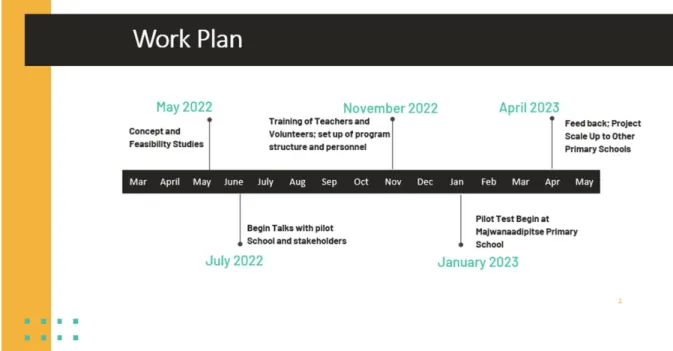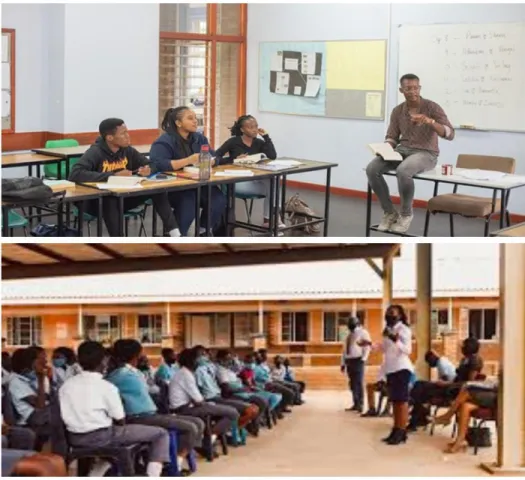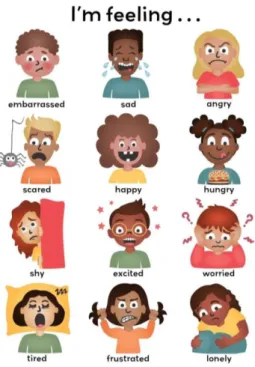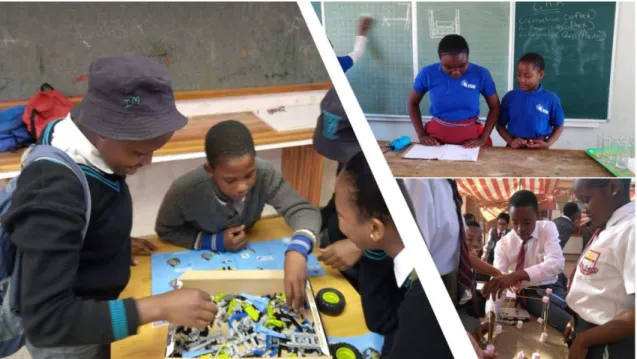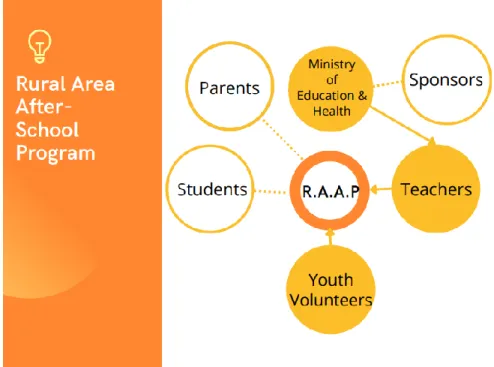One in five young people enrolled in schools today suffer from diagnosable mental health conditions. This care gap has a significant impact on the intellectual, social and emotional well-being of young people and early childhood mental health neglect has lasting consequences that affect not only the individuals, but also their families, schools and communities.
INTRODUCTION
The goal of this project is to develop after-school programs for children ages 6 to 12 that have beneficial social-emotional, behavioral, and physical health outcomes. Studies and analyzes of afterschool programs that demonstrate excellent social-emotional, behavioral, and physical health outcomes often claim that these programs are uniquely positioned to promote better development in children entering elementary school, and include support for these claims.
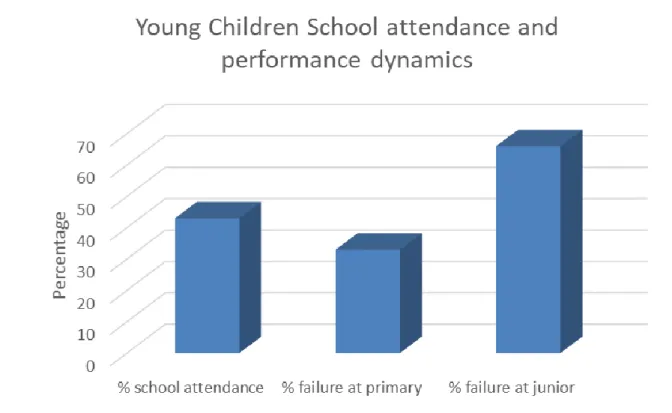
PROBLEM
While research shows that women are more likely to suffer from depression and attempt suicide in most countries around the world, the suicide rate for men in Botswana is still several times higher than for women. The World Population Survey states that the suicide rate for males in Botswana is 26.3 and for females is 6.4.
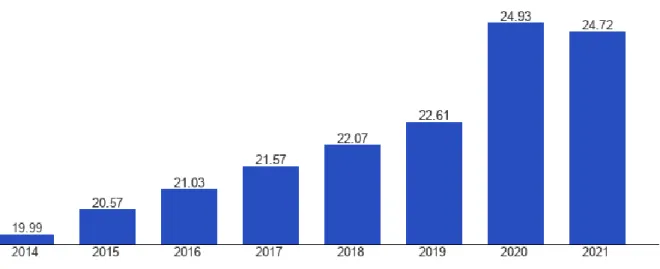
METHODOLOGY
Depression is one of the most common mental health problems experienced by men and women between the ages of 18 and 35. It is medically recognized that severe stress, such as a divorce or a major financial change, is a major stressor and causes the psyche to become somewhat out of balance. If you keep raising your stress levels, something will happen and it's often depression.
CHALLENGES THAT AFFECT EDUCATION IN RURAL VILLAGES IN BOTSWANA
People are encouraged to bottle up their problems and move on, in Setswana there is a proverb that says. Monna nku o lelela teng” means that men should not cry in the open, rather bottle the wounded, as they are perceived as much stronger than women and children. Some of these misconceptions have caused suicide among the male species to be quite common as they do not seek help in time.
Majwanaadipitse is a typical example of the ordinary rural villages around the village where there is no electricity, although Botswana is a country with the most clear skies all year round, many of the villagers cannot afford even the village chief. We found two solar panels in the village, one in Kgotla village and the other at the general dealer shop. Rural villages normally have small health posts with one or two nurse(s) at each health post.
This leads to people with mental health problems not having the proper care they should be offered, as mental signs are not easy to recognize unless they go for regular check-ups. Health professionals: As mentioned above, there is a shortage of psychiatric doctors in Botswana.
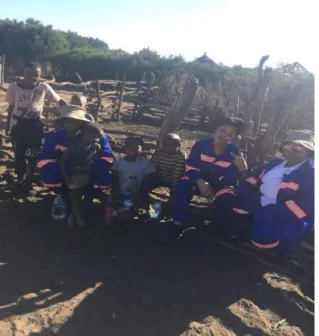
SOLUTION: RURAL AREAS AFTER-SCHOOL PROGRAM (R.A.AP)
According to the research, students living in a rural and remote village with high poverty rates were found to be most at risk of academic failure, dangerous behavior and gang recruitment. The majority of tribal settlements in Botswana are found in remote locations without access to water, medical services or electricity. Also, due to lack of infrastructure, the villages do not have a clinic or health center and have to travel to the nearest larger village or town, leading to a health crisis in these areas.
According to the signs of psychological problems in children, R.A.A.P helps to solve the problems in the way shown in the table below. The content and activities vary greatly depending on the goals of the day and the age of the participants. Problem solving, emotion control, and effective communication are all covered in social-emotional health programs, but how they are presented varied depending on the age of the participants.
On the other hand, high school students are encouraged to be exposed to didactic lessons, skill exploration, role playing, athletics, and recreational activities to encourage social problem solving, emotion control, and effective communication. Reward the best student projects to motivate more students and undergraduates to take an interest in STEM and join. Expose students to the application and use of STEM in industry and everyday activities.
As a result of students' poor performance in Mathematics and Science, R.A.A.P also proposes a STEM career day shown in Table 5 that could be held every term/semester to expose students to careers in science and also to made science fun.

STAKEHOLDER INVOLVEMENT
PROCESS FLOW FOR R.A.A.P FOR ONE SAMPLE PRIMARY SCHOOL
In addition to sharing different concepts and tips on how to implement an after-school program in the classroom, teachers will discuss their experiences teaching students in remote areas with challenges such as mentally neglected children, language barriers, lack of resources, etc. health is interconnected; therefore, social and emotional learning should be given greater priority, as there is a limited institutional structure for it in education. The training also motivates and values teachers, social workers, young volunteers and parents - in all areas and promotes networking and long-term cooperation between all stakeholders.
Selected students will be registered by RAAP in the after-school program, where personal information, academic and medical records will be provided that will be kept confidential. The village social worker is consulted to provide information about the background of the children and to give advice on how to deal with pupils with underlying mental health problems caused by social, family or learning difficulties. Registration of the students is a delicate process carried out by the volunteers with the social worker and at least one teacher present, where a one-on-one session with the students is held, through which the students understand the objectives and importance of the understand the program during the registration process.
The one-on-one sessions help determine which students have extra concerns or underlying conditions that may affect their learning and participation process.
A.A.P Weekly Sessions Begin
- R.A.A.P PROJECT TIMELINE
- RISK ASSESSMENT AND MITIGATION
- CONCLUSION
- REFERENCES
Each lesson plan/curriculum is designed based on the specific school and the specific needs of the students, taking into account guidelines and regulations. The next activity of the R.A.A.P coordinator and the social workers is to review and confirm the data on each enrolled student, academic progress and weekly attendance data (if available) in the weekly reports. The social worker is obliged to conduct counseling with individual students or group counseling from time to time in order to record the mental and behavioral progress of the students and to check their well-being. Proactive care for high-risk cases. If high-risk cases are identified based on progress reports, i.e. students who need a referral to a doctor or discover social or mental health problems that require a professional, the following actions are initiated for the R.A.A.P coordinator, the social worker and the responsible youth volunteer to coordinate with each other to identify referral facilities if present high risk cases. The R.A.A.P coordinator would instruct the youth volunteers to observe and report high-risk cases and record data during weekly visits. The team will continue to review weekly information collected for high-risk cases and analyze whether students are still at high risk or receiving the help they need outside of R.A.A.P. The launch of the R.A.A.P after-school program will take place in three phases, described below:. 12 shows a comprehensive timeline of the project. Figure 12: Work plan for the introduction of the R.A.A.P. a) The concept and feasibility study phase, lasting the first eight months, will create a framework for accelerated scale-up with partnership formation and effective program planning as two main objectives. The team will first organize focus groups with representative samples of Majwanaadipitse Primary School (students and teachers) and representatives from the Ministries of Health and Education in Botswana. The focus group will improve the suitability of the R.A.A.P for the target audience. b) Pilot phase: The remainder of the R.A.A.P initial flight will be devoted to the pilot phase. During this time, coordination and training of volunteers and schools will take place, as well as discussions with the Ministry of Education and Health. Gaining insight into school penetration strategies, particularly word-of-mouth and public awareness, is a major focus in these few selected primary schools in rural Botswana. R.A.A.P implementation and service delivery strategies will be improved. during these four months of the pilot phase. Another effort to get private companies to sponsor R.A.A.P will be a bridge between the trial and expansion. c) The second year of R.A.A.P is dedicated to two phases of district-wide outreach to other primary schools in rural Botswana, with the aim of starting in at least one village per district.
Each point of view will be considered and it will be discussed how R.A.A.P will help tackle mental health challenges by highlighting each in the decentralized system of rural education services. Prior to being financially self-sustaining, R.A.A.P needs funding to purchase resources needed to run the sessions, such as computers and teaching materials for students, as well as for operational and upfront costs. Meeting students where they are: Trauma-informed approaches in rural schools." Landdistriktspædagogen 42, No.
Child and Adolescent Mental Health Services and Systems in Low- and Middle-Income Countries: From Mapping to Empowerment." Current Opinion in Psychiatry 34, No. A Comparative Study of Rural and Urban Student Mental Health." International Educational Scientific Research Journal. Building a Community-Based Youth Mental Health Program in Botswana: Stakeholder Feedback.” Community Mental Health Journal.
Why We Drop Out: Voices of San Dropouts in Botswana.” Australian Journal of Indigenous Education.
